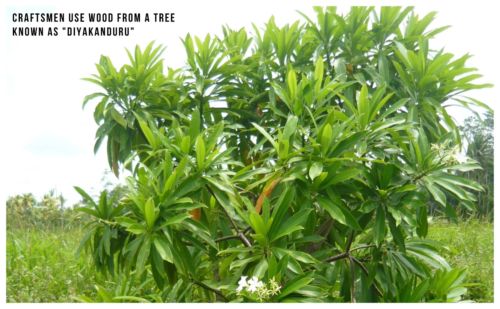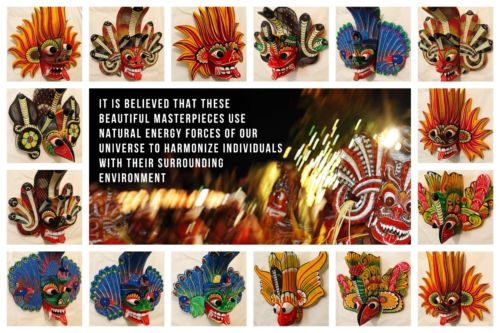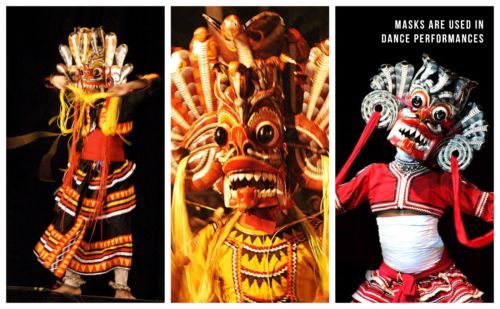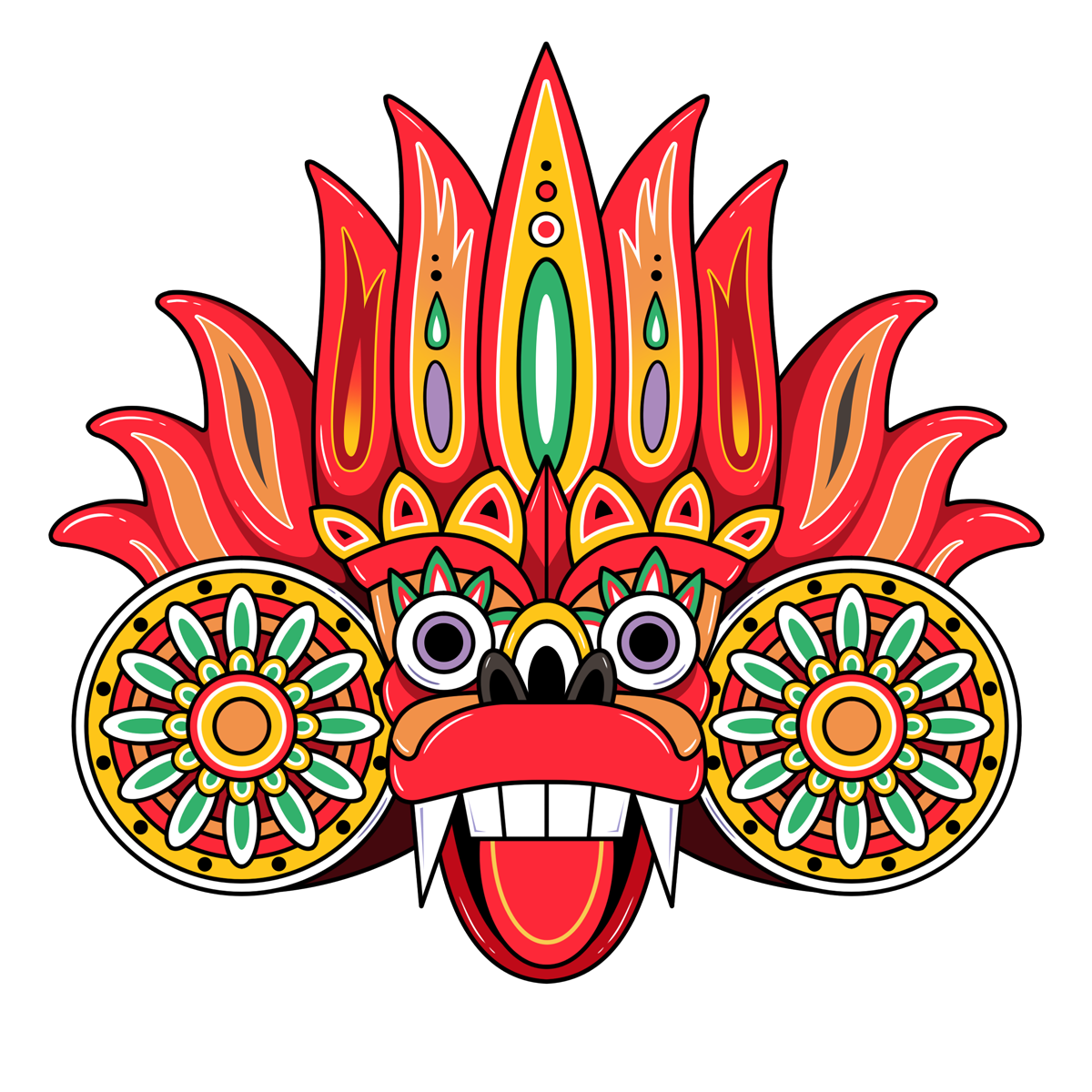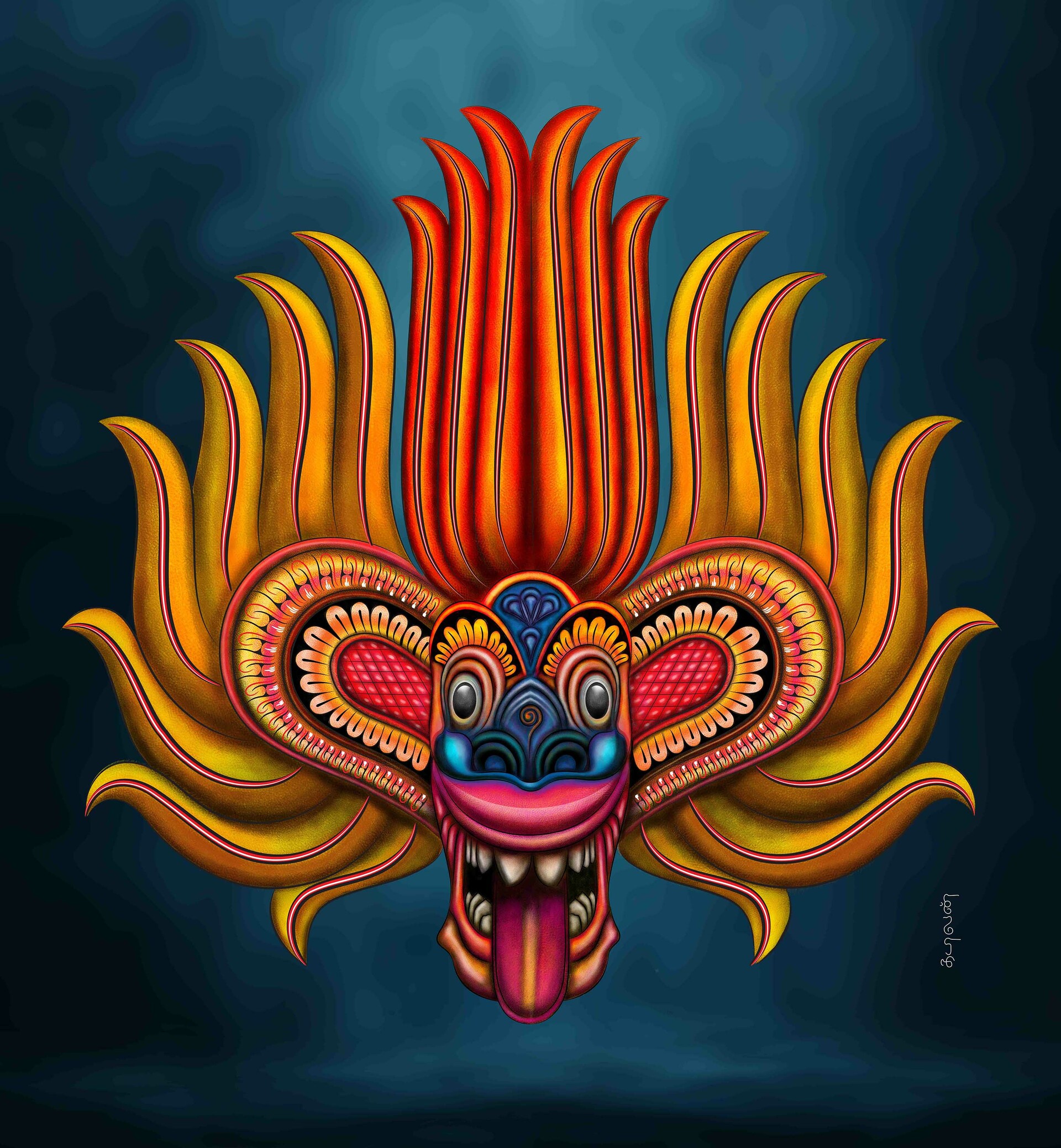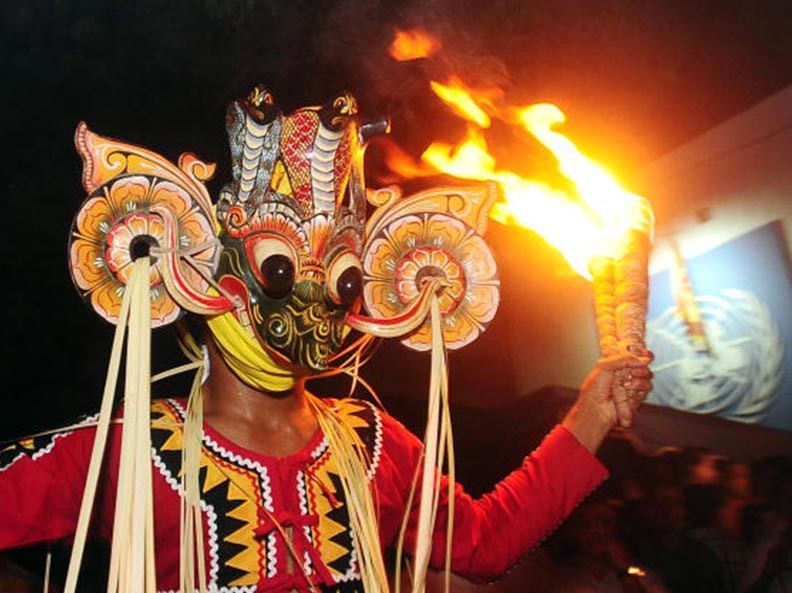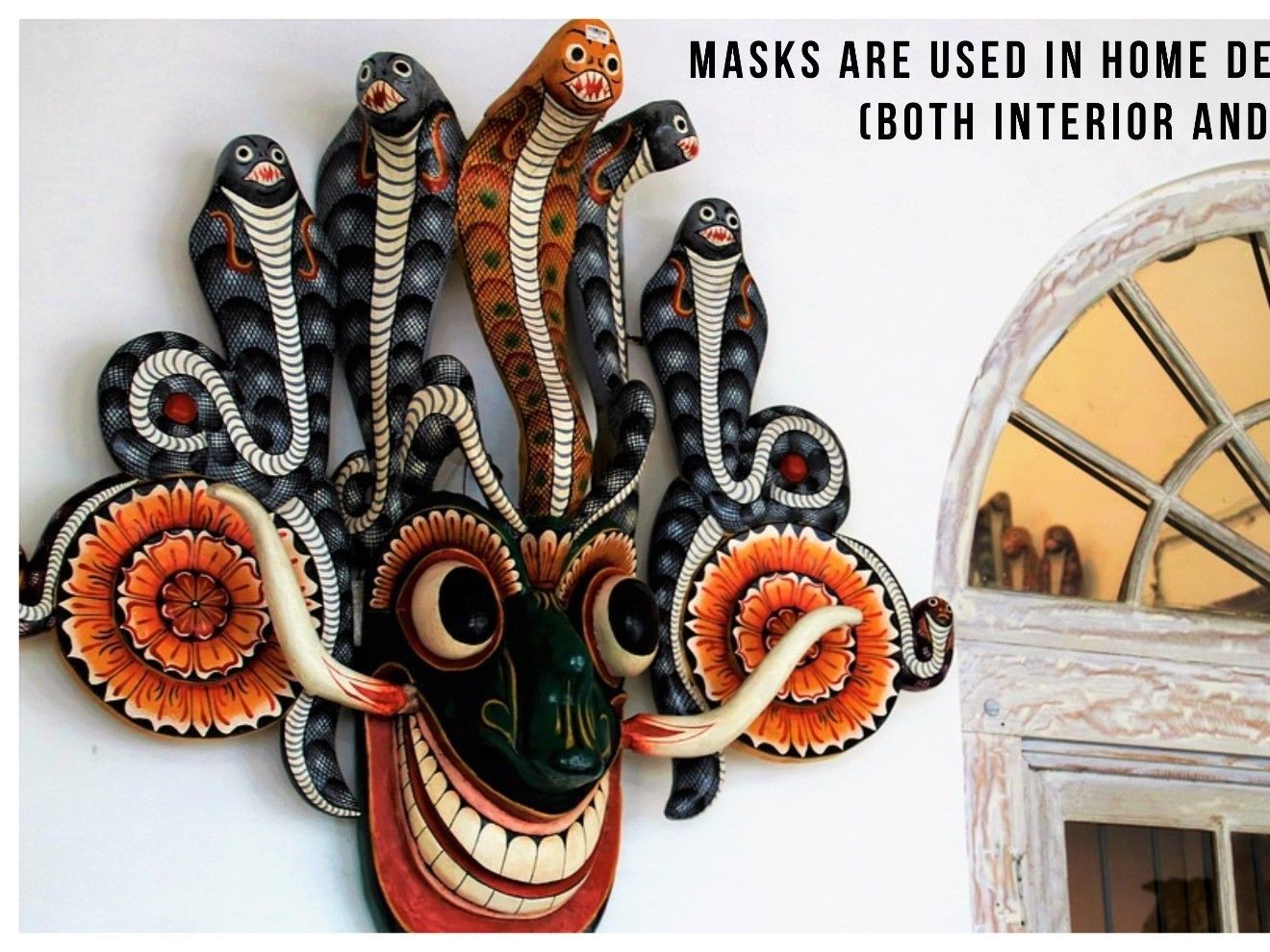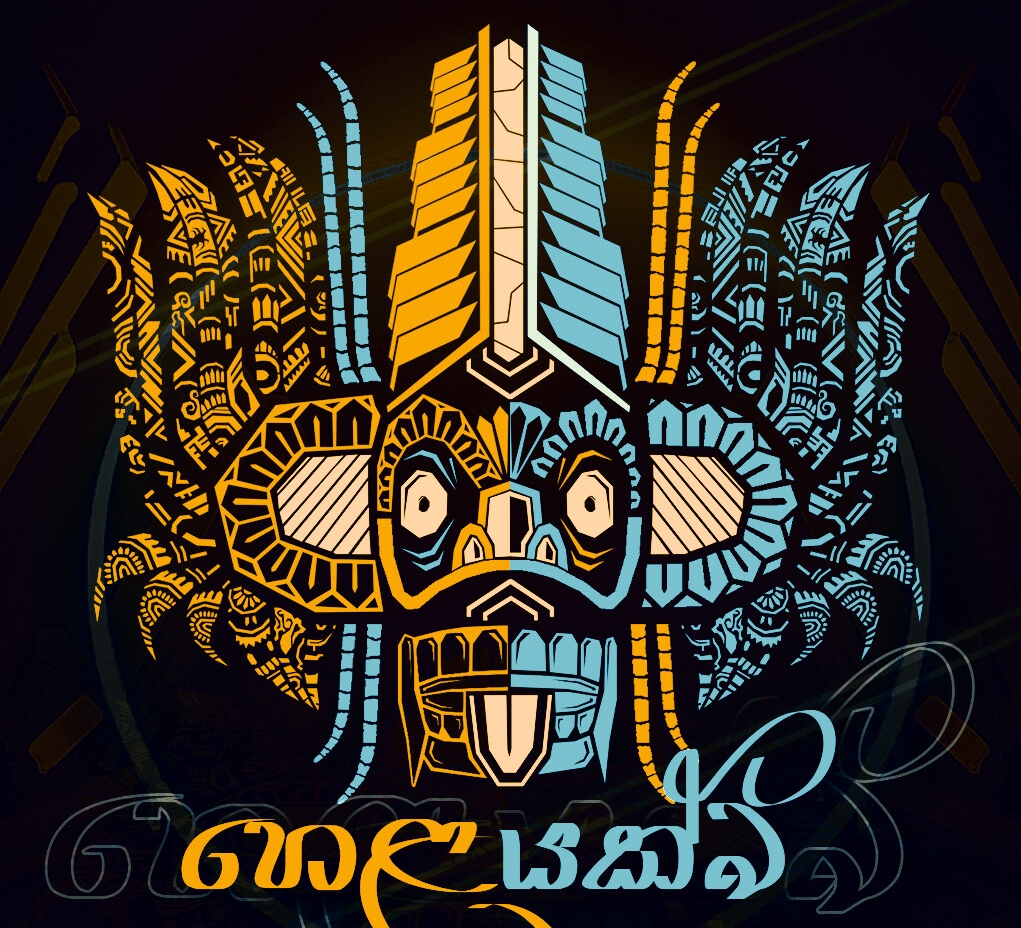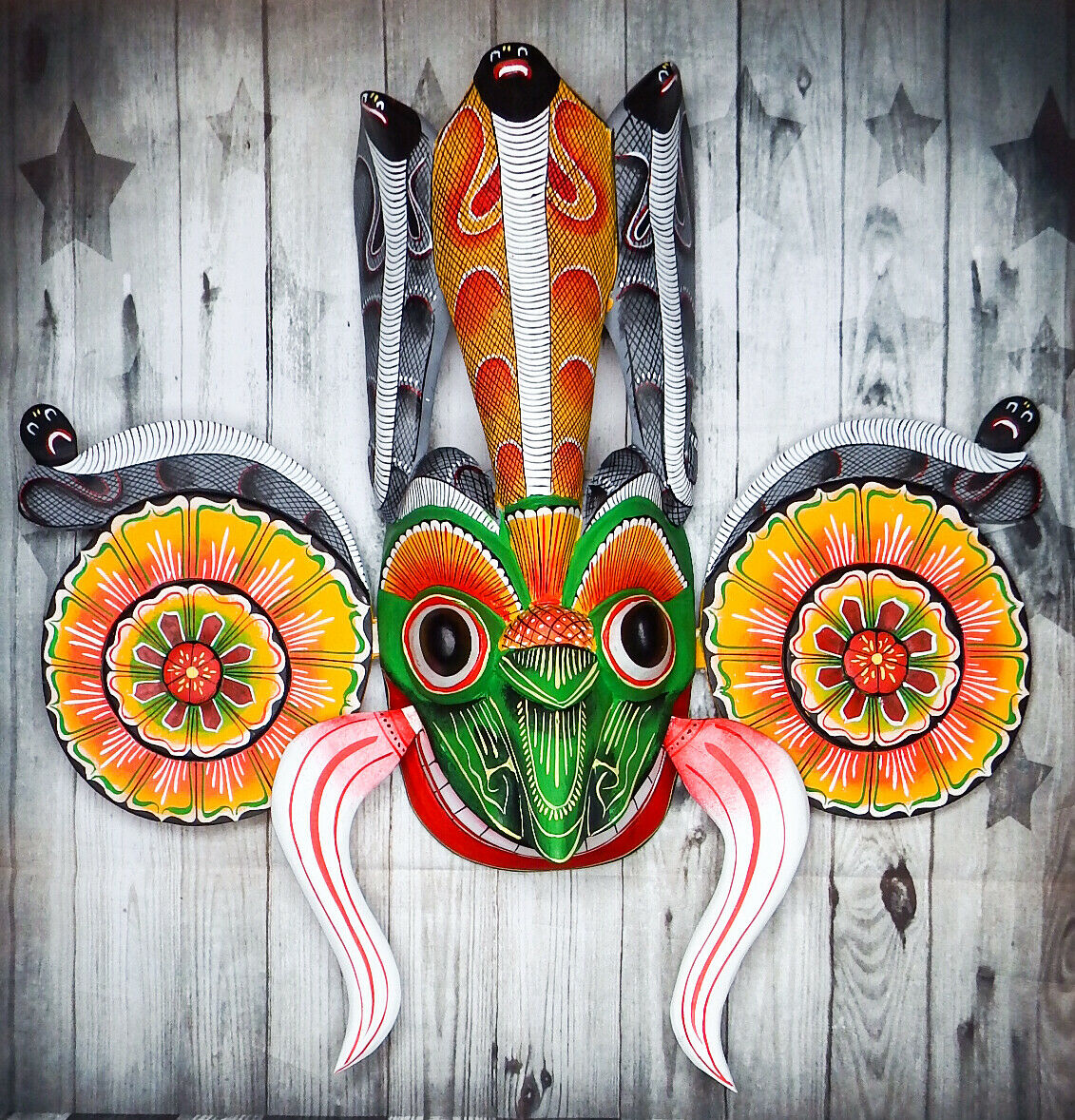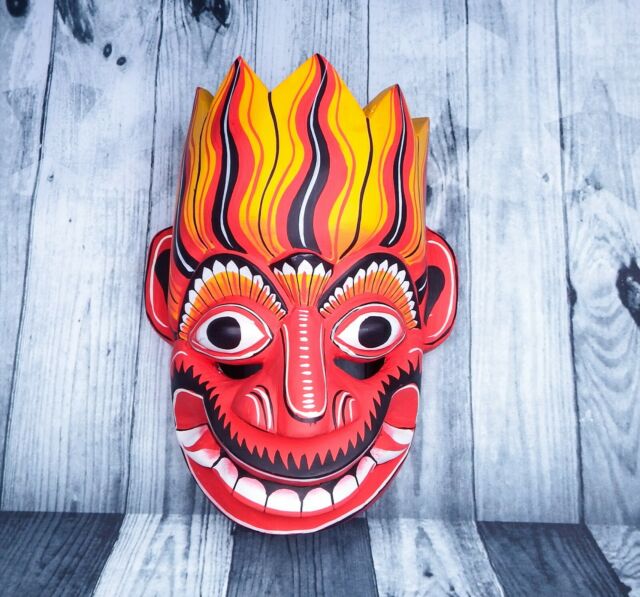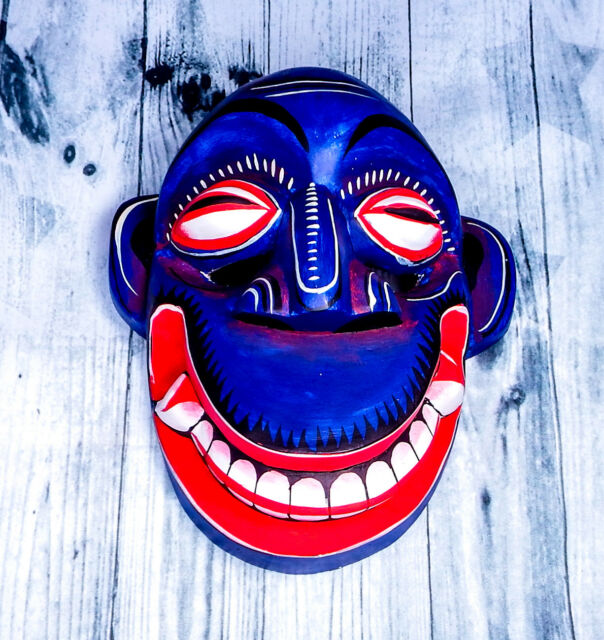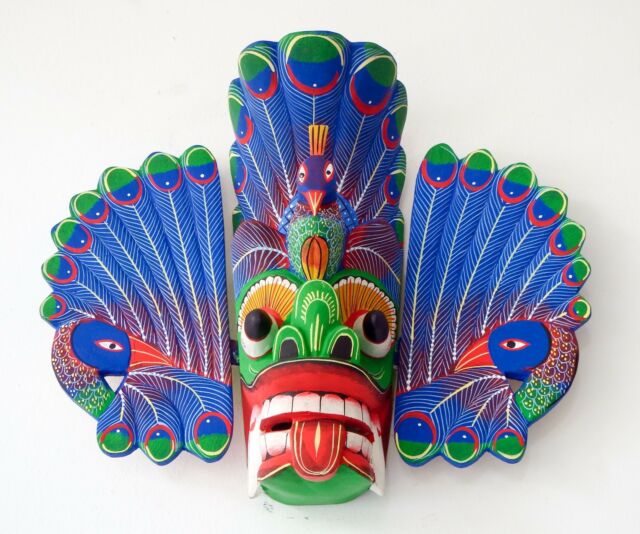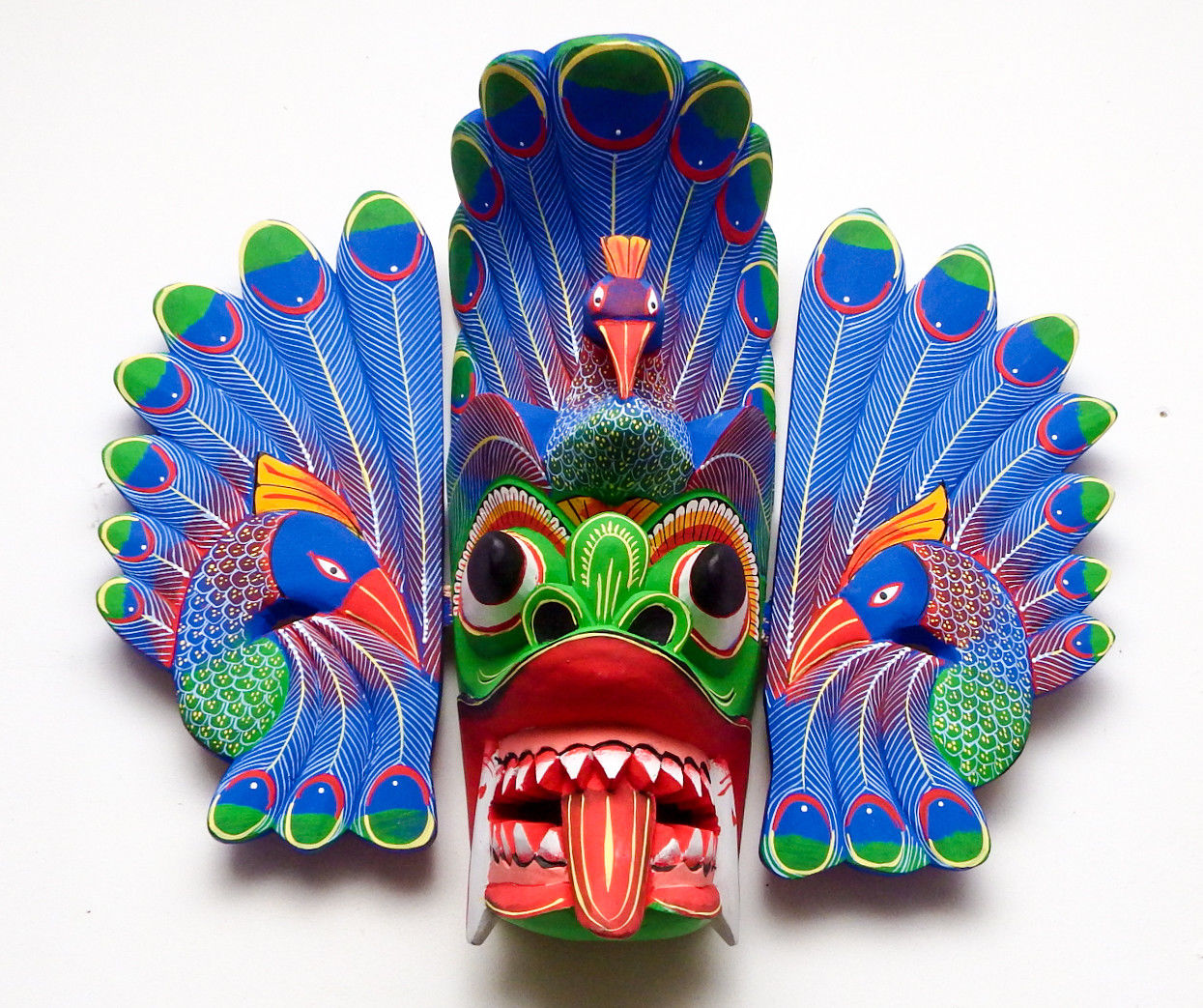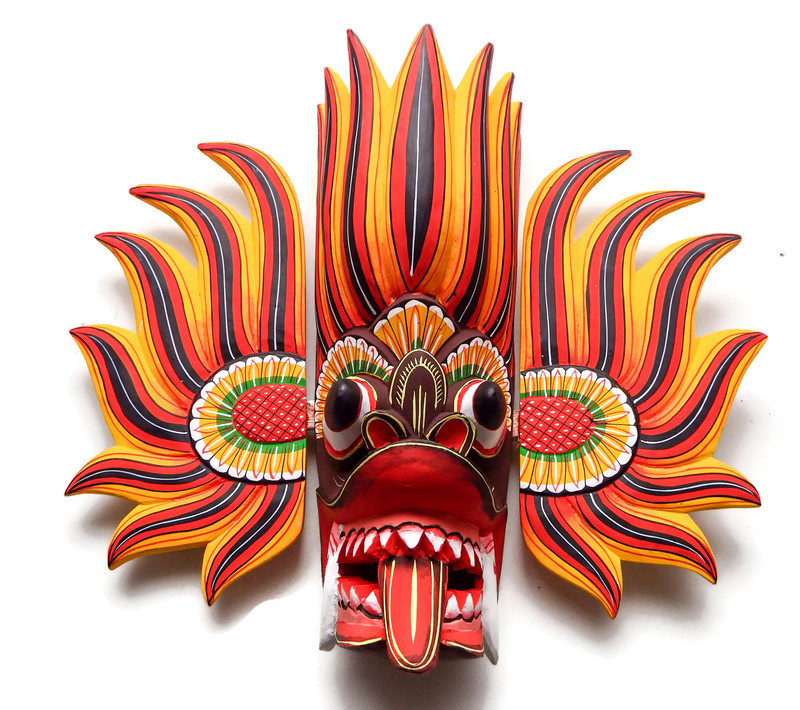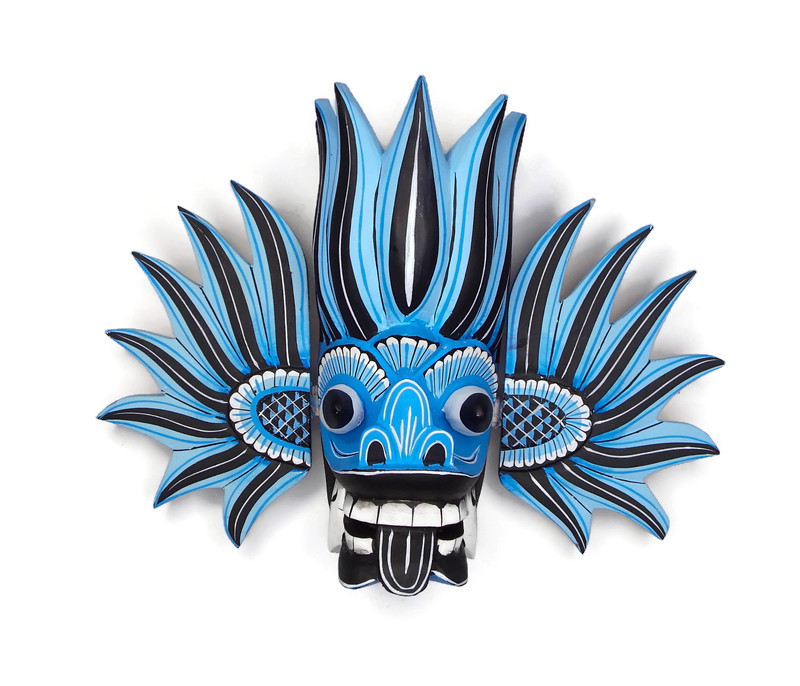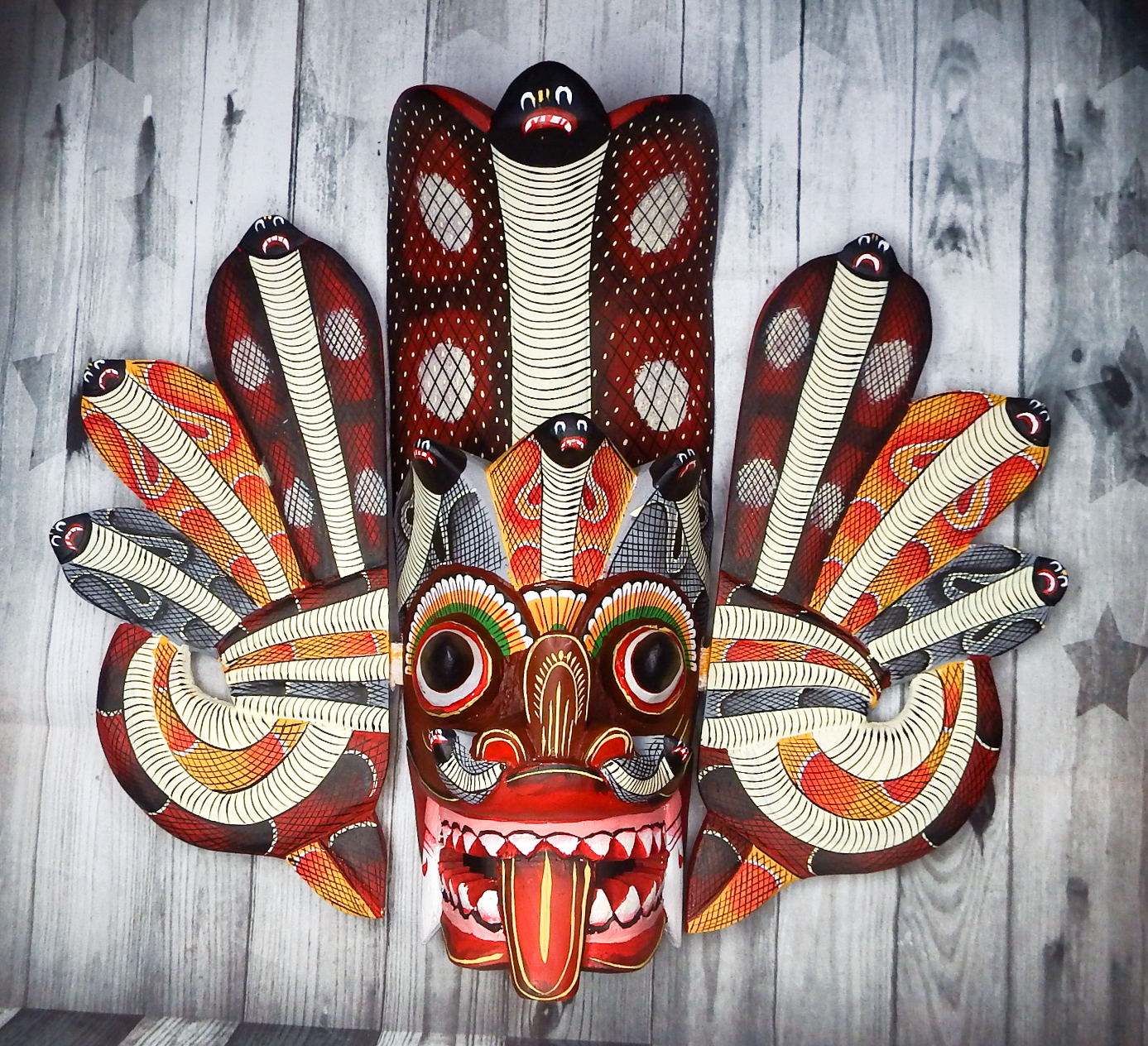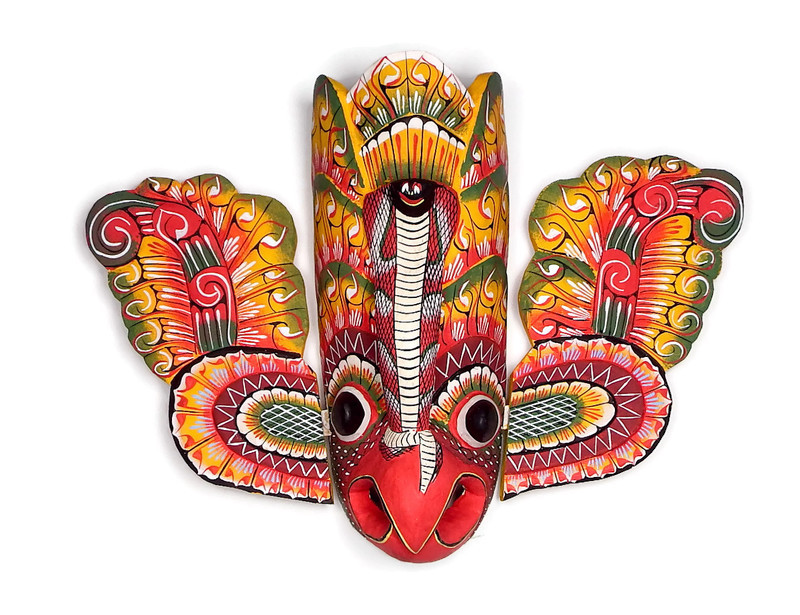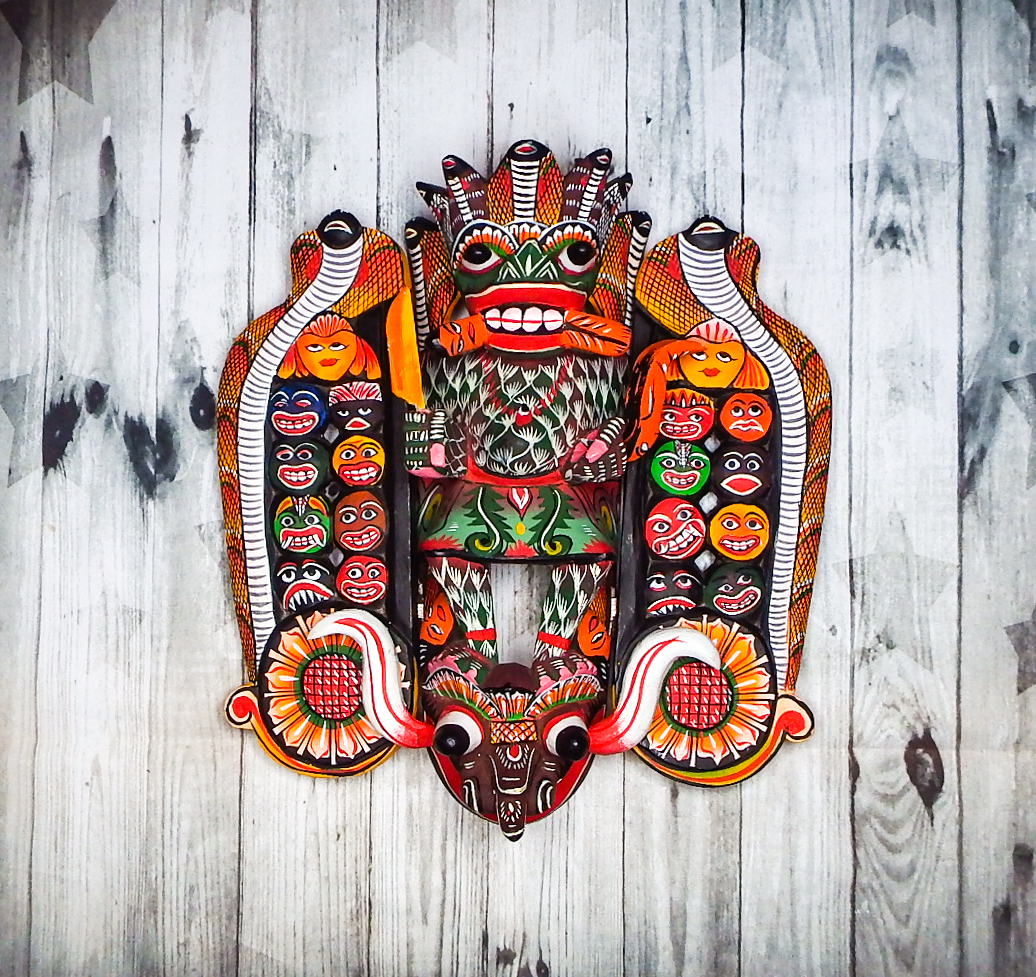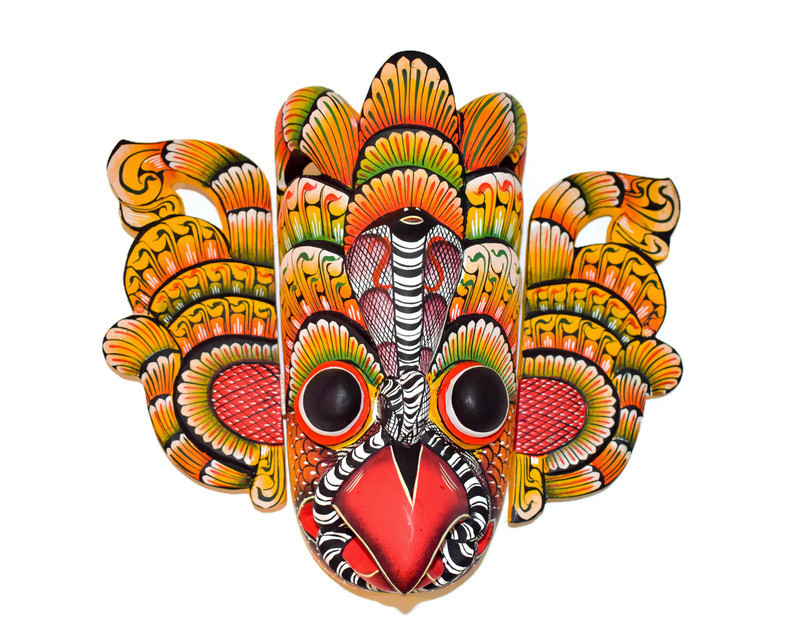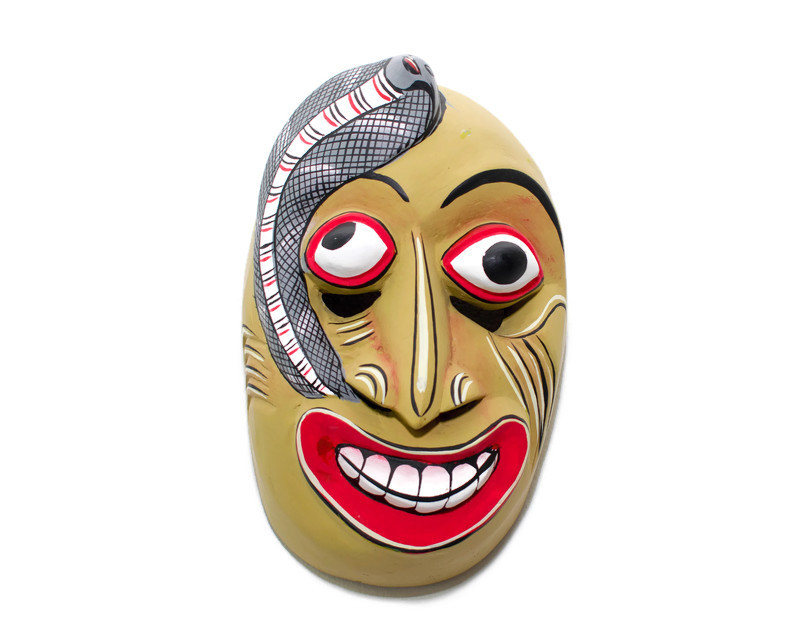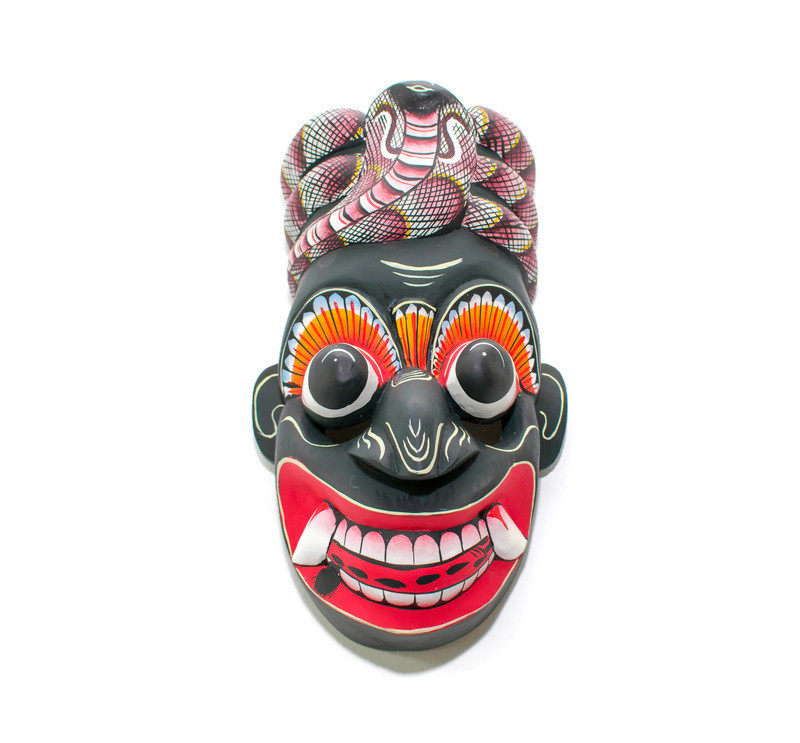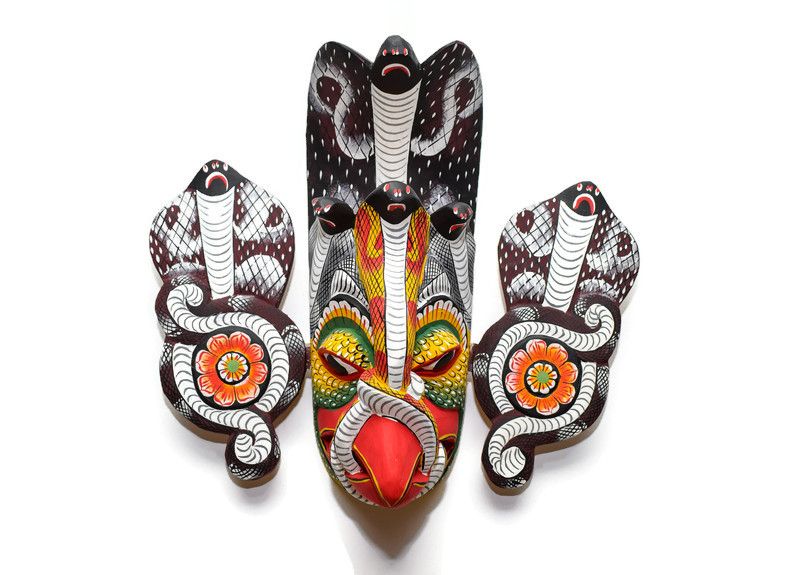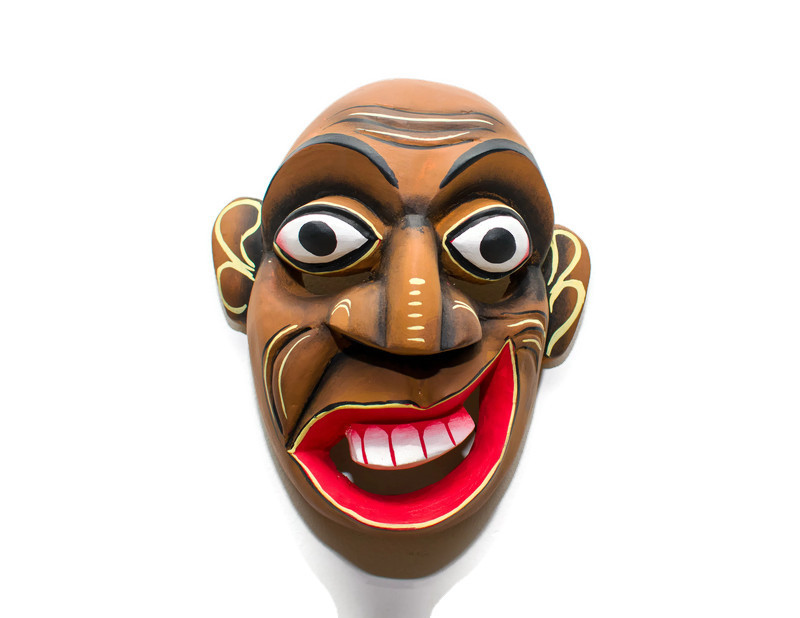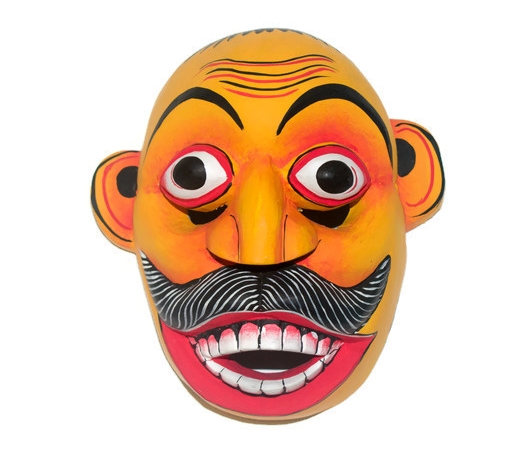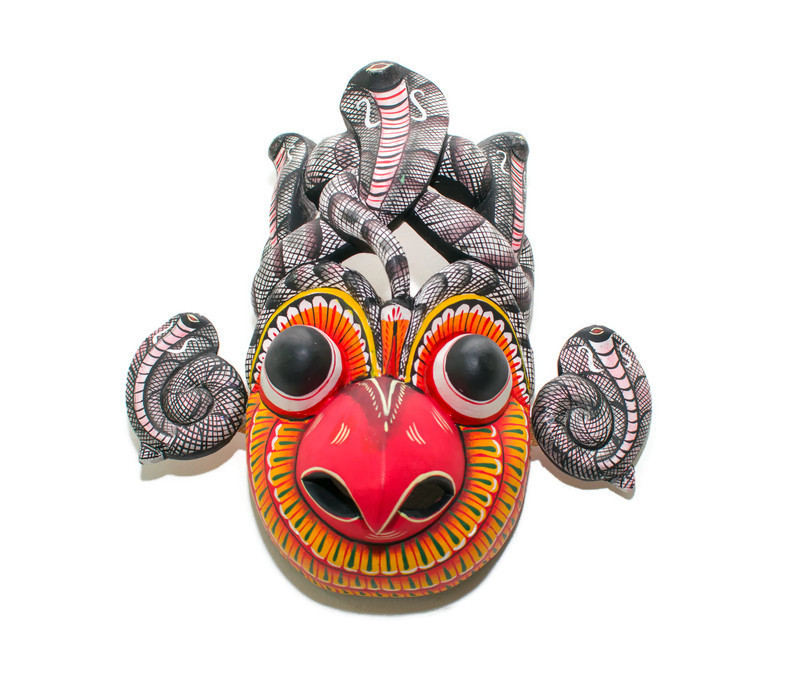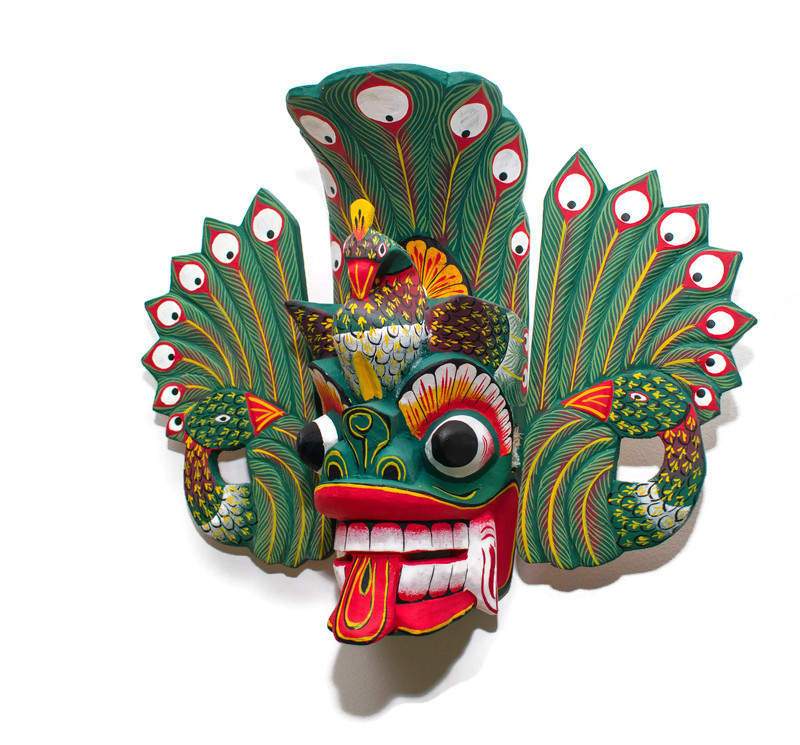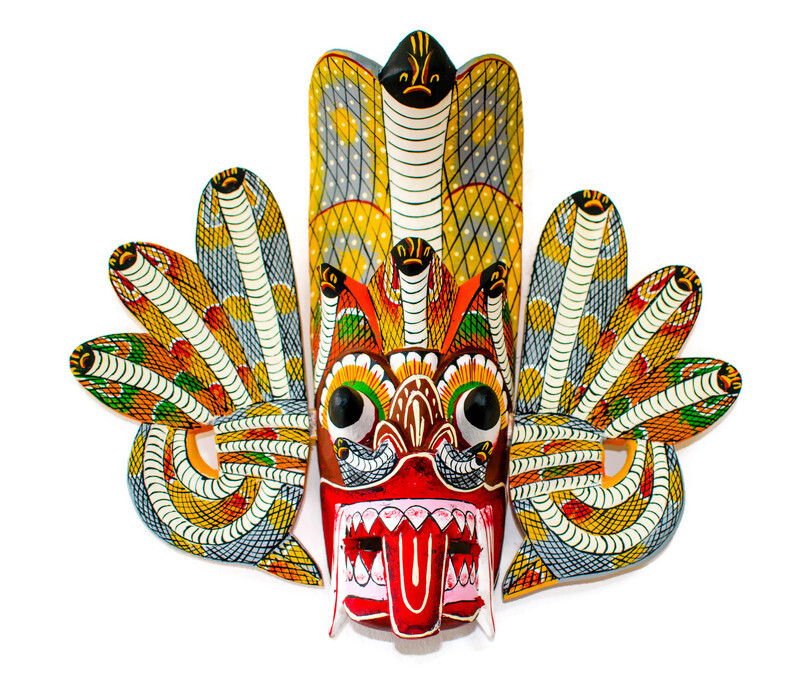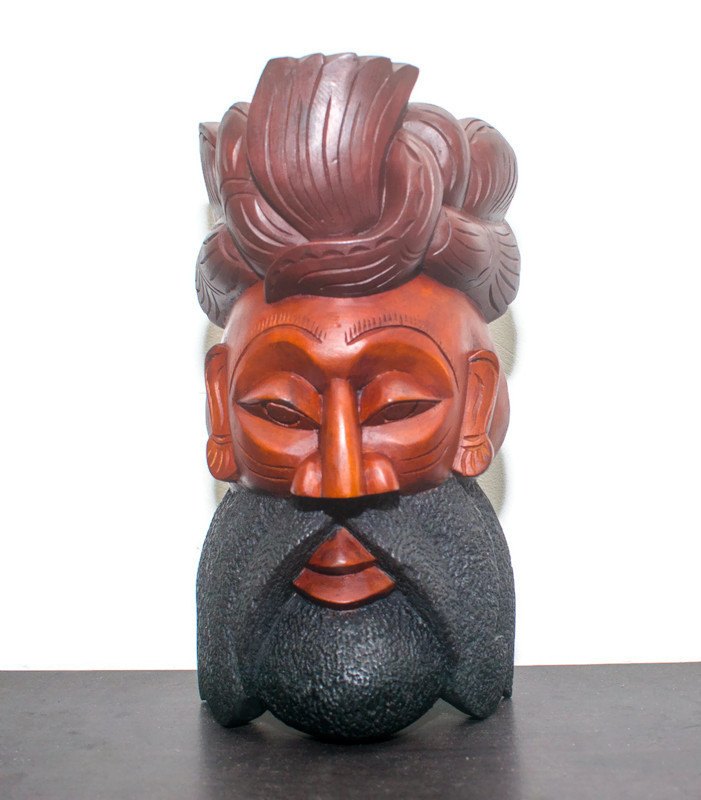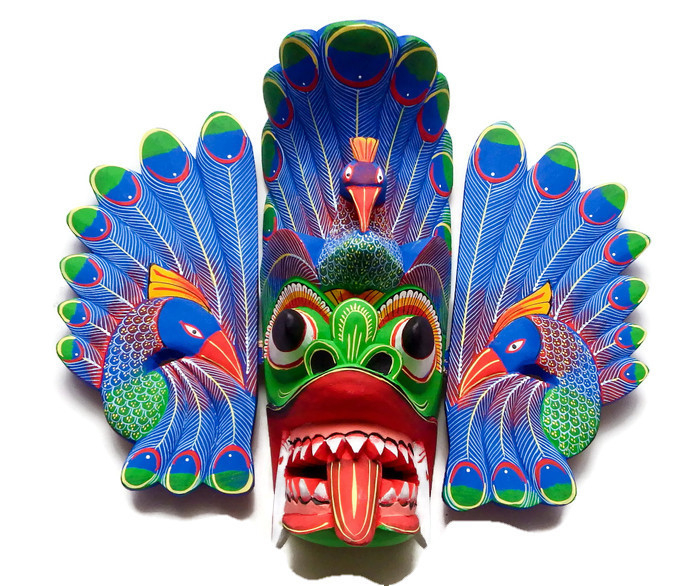|
Greek and Roman historical annals on literature reveal that comic and tragic satirical dramas and verse had been used since time immemorial in exposing the human vices, folly, abuses and other forms of social injustice. The Greek poet Aristophanes and Roman poets such as Horace and Juvenal had exploited this genre as comic satire and tragic satire. The Sinhala word Kolam is commonly used in the day-to-day parlance throughout Sri Lanka which connotes some comical, crazy or unusual behaviour which provides endless entertainment through fun and humour. The origin of the Kolam dance form is shrouded in mythology but it could be traced back to the era of mask dances in Sri Lanka. Some historians are of the opinion that the Kolam dance form originated in the west and south west coastal belt of Sri Lanka in the beginning of the 19th century. Kolam Dance TraditionsThere are two traditions of Kolam dance known as the Maha Ambalangoda School of Kolam and the Nambimulla School of Kolam. Both traditions flourished in Ambalangoda, a town of cultural significance on the south coast of Sri Lanka famous for traditional mask dance, arts and crafts. A master craftsman of masks known as Tukkawadu Oinis Gurunnanase was the founder of Kolam dance in Ambalangoda. Tukkawadu Oinis Gurunnanase’s son Tukkawadu Palis Gurunnanse inherited the Kolam dance form from his father. Tukkawadu Palis Gurunnanse’s son Tukkawadu Gunadasa Gurunnanse was a nationally and internationally reputed Kolam dancer from Maha Ambalangoda. Juwan Wadu Ondiris de Silva Wijesooriya Wadu Arachchi was a pupil of Oinis Gurunnanse of Maha Ambalangoda. The Nambimulla tradition of Kolam dance and mask-carving was founded by Juwan Wadu Ondiris de Silva Wijesooriya and developed separately. According to historical evidence the founder of mask carving and Kolam dance in Ambalangoda was Tukkawadu Oinis Gurunnanse. Tukkawadu Palis Gurunnanse was born in 1856 and his father Tukkawadu Oinis Gurunnanse who was considered the founder of the Kolam dance tradition of Ambalangoda could go back to the era of 1800 when Sri Lanka was under British colonial administration. Tukkawadu Gunadasa Gurunnanse of Maha Ambalangoda maintained the family tradition and further developed Mask Carving, Kolam and other forms of mask dances.
EpisodesKolam dance performance is comprised of numerous episodes and diverse characters perform their roles representing the traditional rural setting of Sri Lanka in addition to their sufferings under the colonial administration. Members of the traditional hierarchy of Sri Lankan royalty and all categories of servants appear on the stage where the Kolam dance is performed. Before the arrival of the King and Queen the Headman, Arachchi, the Chief of the district, the Mudali, King’s Guard and the soldiers make suitable arrangements on the stage for the arrival of the royalty. A pregnant woman narrates how she became pregnant in one of the episodes of Kolam Damce full of humour. Gama Kathawa (Village Story) In this episode, the Village Headman abusing his powers made amorous advances towards a married woman known as Ethna Hami. There were two foolish brothers in the village and the elder brother got married to Ethna Hamy. In order to get rid of her husband the Village Headman said that the King had ordered to send the two brothers every night to look after some far away fields. One day when they were guarding the fields these two foolish brothers mistook moonlight as sunlight and came home thinking it was morning. Ethna Hamy did not open the door at once but first covered her lover the Village Headman with a cloth. Next she covered herself with the cloth to cover up her identity. She pretended to be mad and an exorcist who happened to be a friend of the Village Headman appeared to drive away the evil spirits. During the ritual the Village Headman appeared disguised as a demon and frightened the two brothers who ran away from the scene. Later Ethna Hamy and the Village Headman started dancing together. Arachchi KolamaThe Village Headman was known as Arachchi who appeared on the stage to get a count of the exact number of people gathered in the audience to welcome the royalty. Arachchi assigned the job of counting the number of people present to his clerk who happened to be a funny character and he was very keen on embarrassing his master. He kept on counting the unborn babies in the wombs of the women who were in the audience. Finally, Arachchi orders all those who were in the audience to behave well as the royalty was about to arrive. Anabera Kolama. The drummer known as Pannikakkala who is drunk appears on stage accompanied by his children. He starts vomiting and his children could be seen beating him on his back. A dialogue that ensued between the narrator or the Kariyakarawana Rala and Nonchi Akka the wife of the drummer was full of pun on words. Sometimes words having different meanings were been used as a strategy to bring in humour to the audience. Nonchi Akka: “I went to Moratuwa to collect some green leaves.” Kariyakaravana Rala : “You went to Moratuwa to collect green leaves?” “No, went to the koratuwa to collect green leaves.” Nochchi Akka: “The paula (family) which was hung on the horn was not there. Kariyakarawana Rala: “How can you hang a paula on a horn? ” It must be the daula (drum) ”Nochchi Akka: “Yes, yes, the Kadipuka (the back side of Black Ant) was not there. Kariyakarawana Rala: “You are talking nonsense. How can you beat a drum with a kadipuka? It must be Kadippu (drum stick) and not kadipuka. Nochchi Akka: “When all these items are missing the reeds caught fire”. Kariyakarawana Rala:“It was not reeds that caught fire (pangas asse gini gattha) You have felt that your whole body was burning. (Panchaskanda gini gatta.) In Kolam dance form, Nochchi Akka is a very popular character mostly due to the traditional costumes and the mask worn giving a very old appearance to the actor who performs the role of a typical old woman in the rural sector of Sri Lanka. Hewa KolamaMany preparations had been done before the arrival of royalty. It is the duty of the soldiers and the King’s Guard to ensure that the roads are clean and tidy. There were many wounds on the faces of these soldiers. Kariyakaravana Rala (narrator) questioned them on what happened to their faces. The soldiers replied that they had to fight with the British soldiers at Gampola. The soldiers revealed that they used their faces as shields. Later they soaked their heads in the Kandy Lake to get some relief. The leeches found in the lake had attacked their faces enlarging the wounds. Just after the narrator raised questions about their faces the soldiers looked at each others’ face and started laughing. They demanded toddy and food from the people and left the stage. Pedi Kolama (Washerman cleans the white cloth, a carpet for the King): An elderly washerman called Jasaya who is by nature a lazy person appeared on the stage accompanied by his assistant and started his duty but the Kariyakarawana Rala found his inefficiency and requested to get down his wife for assistance. Mudali who was the Chief of the district was fond of pretty women At first sight, he was interested to have an intimate chat with the pretty young wife of Jasaya. Jasaya’s wife who did not like him made numerous complaints against him . She said Jasya was in the habit of drinking. Jasaya said his wife had several lovers and one of them happened to be the attendant of Mudali. Later it was Jasaya who was punished instead of Mudali’s attendant. He was thoroughly beaten by the attendant. Badadaru KolamaA pregnant woman appears on the stage crying and complaining of pregnancy pains. Kariyakaravana (narrator) asked her to stop her crying. She responded saying that all men in the audience were responsible for her condition. They promised to give her clothes and jewellery wishing to marry her but they never kept to their promises. Kariyakarawana Rala (narrator) admitted that she had been cheated by the men and her suffering was also due to their misbehavior. Arrangements were made to get down a midwife who helped her to give birth to a child. She appeared once again on stage this time with the new born baby in hand. Sinha KolamaTwo men wearing masks depicting the face of lions appeared on the stage and they performed a beautiful dance to the satisfaction of the Queen. Raja Kolama (The arrival of the King and the Queen): The King and the Queen arrived on the stage with one of the Ministers. Kariyakarawana Rala (narrator) joined them. The Royal couple was ushered in to their seats. Raksha Kolama (Dance of the Rakshas):The Rakshas wearing a mask- (Naga Raksha) comprised cobras who appeared on the stage and performed a dance to please the Royalty. These Rakshas appear as the followers of King Wesamuni. Gurulu Raksha KolamaThis dance is performed wearing a mask depicting an eagle. The mask carries a cobra in his beak. Gurulu Mask Dance is believed to have dispelled fear and all poisonous serpents in Sri Lanka had been destroyed. Usually, a Kolam Dance comprises 24 Raksha Dance performances. Kolam Dancers perform their dances wearing a series of masks depicting the pantheon of Rakshas. The ghastly appearance of these Rakshas and their dancing add fear and terror to Kolam Dance Performance. Suramba Vallia and Somiguna Kolama:This dance is performed wearing a mask depicting a Makara. It highlights the qualities of the fisher folk living on the coastal belt. Maname KathawaThe Kolam Dance form is didactic and a moral lesson is taught through a Buddhist Jataka Story. Danuddhara Jataka story has been enacted depicting a tragical end of Prince Maname. Prince Maname was killed by the Vedda King due to his unfaithful wife. Gara Yaka KolamaGara Yaka appears on the stage to dispel the effects of evil mouth, evil eyes and thus end the Kolam Dance performance. All the episodes of Kolam Dance were performed to the tune of the beatings of drums and the recitations of verses. The intermittent dialogue between the narrator and the characters of the episodes of Kolam Dance comprised of humorous expressions and punning on words. In the past, Kolam Dances were performed mostly in the rural sector and this genre of dance form was exploited to highlight the shortcomings of the British colonial administration and the common social evils such as the abuse of power by those who are in the higher echelons. |
Sri Lankan Kolam Dance (Satirical Comedy)
- Details
- Written by Manoj
- Category: General
- Hits: 4669
In 2024, gamblers in Austria can enjoy safe and convenient online casinos that accept Google Pay. This modern payment system allows you to quickly and easily top up your gambling account without revealing personal data. The page https://allinx.eu/de-at/casino-mit-google-pay/presents the rating of the best legal gambling establishments in the country, where it is possible to use Google Pay for making deposits and withdrawing winnings. Visiting this resource, players get access to reliable platforms, carefully checked for compliance with legislative norms and high security standards. Each casino on the list has undergone rigorous testing, ensuring fair play and quick winnings. Google Pay, on the other hand, guarantees instant transactions, allowing you to focus on the gameplay without unnecessary delays. Choosing an online casino that supports this payment system opens up new horizons for players in the world of gambling. A high degree of security and ease of use make this payment method ideal for modern users. Choosing one of the casinos on the list, you can be confident in the safety of their financial transactions and the integrity of the gaming process.






